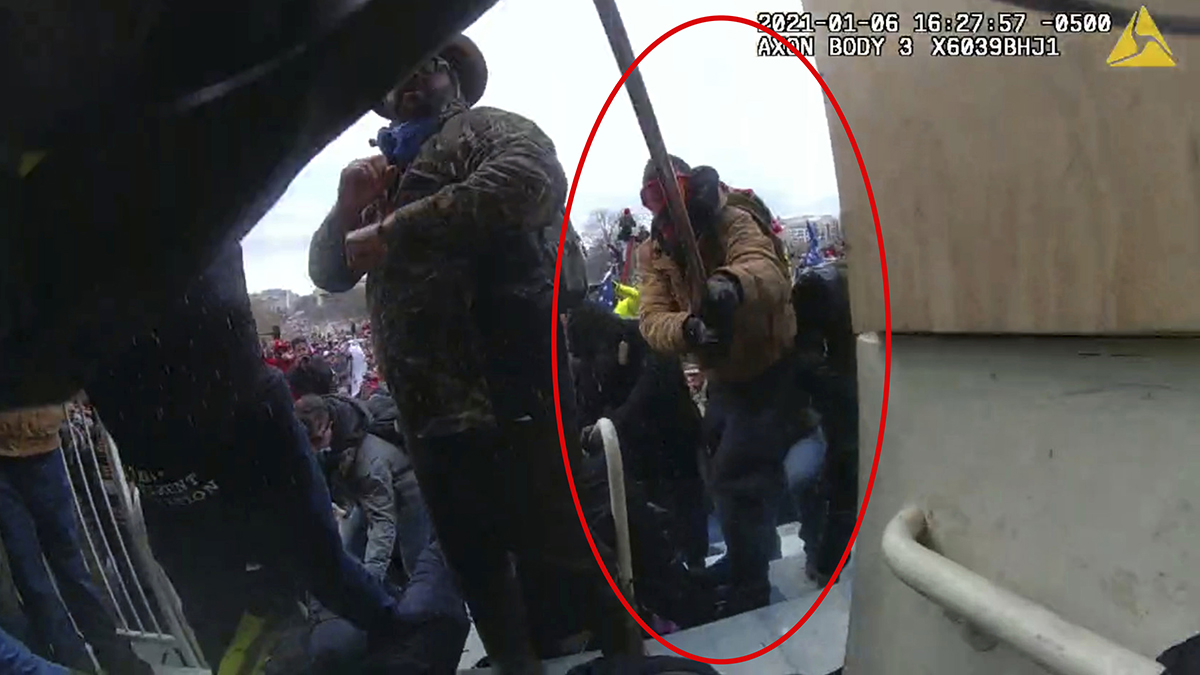Thousands of sports fans from all over the world will descend on Pyeongchang, South Korea, for the 2018 Olympic Winter Games in February, and many will book traditional accommodations.
But why book a hotel room or an Airbnb when you can stay in a Buddhist temple?
South Korea's tourism organization is encouraging tourists to lodge in sacred temples for part of their stay during the games to learn about traditional Korean Buddhism and culture, experience the daily life of a monk and breathe fresh mountain air.
More than 30 Buddhist temples around South Korea open their doors to visitors, at least five of them in Gangwon Province, where the Winter Games will take place.
“Sometimes, we want to escape from everyday life and rejuvenate our minds and bodies in nature,” reads the official Pyeongchang Olympics website. “One of the best ways to do so is to take a temple stay trip. ... It could be a perfect time to refresh your mind and body.”
When the world conceives of South Korea, it usually thinks of its military standoff with North Korea, K-pop music and global brands such as Samsung and Hyundai, said David A. Mason, an American professor of Korean tourism at Sejong University in Seoul.
Mason has lived in South Korea for more than 30 years, and was part of the committee that helped create the Temple Stay program that opened up the South Korea.
U.S. & World
“With our Temple Stay program, we can show an entirely different and balancing side of Korea: the quiet simplicity and subtle beautiful artworks, charming aspects like the green tea ceremony, beautiful mountains and a profoundly deep enlightened spirituality with roots 1,600 years deep -- the Outside-of-the Seoul-urban part of Korea,” Mason told NBC in an email.
On a typical day in a temple, guests are awoken at 4 a.m. by a moktak, a wooden percussion instrument used for the morning chanting ceremony.
Visitors can practice Buddhist meditation and other traditions such as lotus flower making, wood block printing and cooking — communal meals of rice and vegetables are cooked and served in moderate amounts so there is no waste. Leisurely walks through the forest are encouraged.
Despite the tranquil imagery, tourists should keep in mind that staying in a mountain temple in the depths of winter won’t be as comfortable as in spring or fall, except for people who love cold, Mason said.
“But on the other hand, having this unique and very pleasant experience of authentic Korean traditional culture might well be the most memorable part of many tourists’ visit,” he said.
'These Spiritual Burpees Are a Real Test'
Mohammed Sami, who stayed at the Woljeongsa temple in Pyeongchang in January of 2015, said not everything went as expected during his stay with his girlfriend.
The couple, visiting from Toronto was looking forward to guided meditation sessions and making lotus flower lanterns, but neither of these activities were offered at the time of their stay because there were too few people, they were told.
Still, they took part in bead making and prayer services and enjoyed breathing the fresh mountain air, and Sami said he'd recommend that others stay there as part of the Temple Stay program.
“Even in the bone-chilling winter, it's a wonderful place to experience, especially when the entire place is covered in snow,” Sami said in an email. “The pagoda in the middle of the the temple is beautifully lit up at night. The ceremonious ringing of the bells and banging of the drums by the monks is definitely something to experience; you do get to strike the bell yourself. The pine tree forest close by is really calming.”
It occurred to one temple visitor that his temple would actually be more work than relaxation when he realized how often he would have to sit cross-legged.
Journalist Andrew Sun, who described himself as a "meat-eating, Facebook-addicted non-believer" in an article in The South China Morning Post, stayed at the Beomosa temple near Busan.
Making prayer beads, which was meant to be a sort of meditation in motion, was more of a physical struggle than he had expected, Sun wrote.
"The drill is that for each bead we insert the string through, we must perform a full prostration from a standing position," Sun wrote, adding that there were 108 beads total and they had to maintain a strict tempo. "These spiritual burpees are a real test and most of the group fall behind or resort to a kneeling bow."
Sun said he only managed to clear his mind toward the end of his 24-hour stay.
"I’m not sure I feel enlightened, but at least I’ve stopped caring that my phone’s battery is almost dead," he wrote.
Buddhism's Revival in South Korea
The idea of foreign tourists staying in their temples was not originally welcomed by the Jogye Order, the representative order of traditional Korean Buddhism. They were imagining drunken European soccer hooligans burning down their temples, Mason said.
But Mason and the rest of the special tourism committee, created in 2001 by former president Kim Dae-Jung to build new tourism initiatives, convinced the order to try out the concept when they presented it as a missionary opportunity for tourists interested in Buddhism and as a means of spreading the heritage of Korean Buddhism and traditional Korean culture.
For 500 years, Buddhism was suppressed in South Korea, forcing monks to take refuge in monasteries deep in the mountains and exiled from most of civilization.
“But as of the late 20th Century, when paved roads and electric lines were brought into those temples (and now full internet and cellphone access, with other luxuries), these are now some of the best places to live -- grand monasteries right inside national parks and provincial parks, amidst the best scenery of the nation,” Mason said.
Foreign tourists aren't the only ones taking advantage of this program. South Koreans from Seoul often stay in these temples as “a low-priced health spa option” and to reduce the stress from urban life, Mason said.
A night in a temple starts at about $44 per night for an adult, with stays ranging from two days to up to a month. Day trips are also available starting at $27. The the official Temple Stay website provides more details and reservation information.
Although it was created by the government, the Temple Stay program was handed over to the Jogye Order in 2005 after a few years of operation. Mason calls this "a textbook excellent case of how religious tourism should be run by the religion themselves, even if government and commercial interests help get the program going, in order to keep it 'authentic' and not 'Disneyfied.'"



